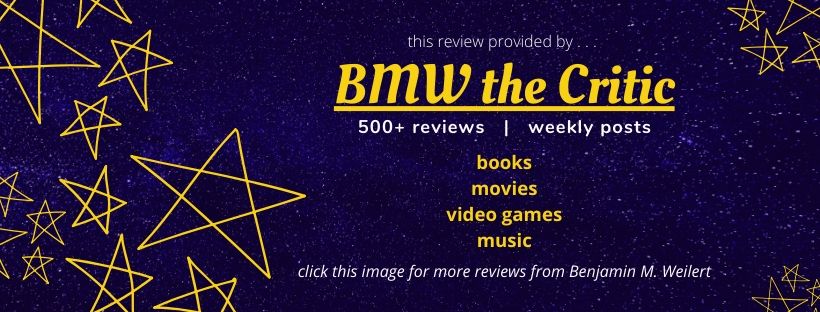 Gris
Gris
Year: 2018
Rating: E
Time Played: 3+ hours
Much like Journey, Gris is an incredible fusion of art and video game. Taking a watercolor aesthetic and hauntingly beautiful music in stride to tell a subtle story of loss and recovery, Gris ended up being a relaxing trot through its geometric world for me. Unfortunately, much like Journey, the amount of effort that goes into making this game look beautiful was also probably why it ended up being so short. Even if I broke up the platforming gameplay into a few hour-long sessions, I could easily complete it in a long evening.
In the end, the platforming of the game is relatively simple. There’s a couple of puzzles that took me a moment to figure out, and I still haven’t found all the hidden items, so I might come back and do a second play-through to complete it fully. The fact that I wanted to play it again shortly after reaching the end credits is a testament to the effect it had on me. Mostly, I just wanted to immerse myself in the visuals all over again. They were that good. They were so immersive that I thought I was controlling the character when some of the cut-scenes were occurring.
While Gris was a little longer than Journey, I still think it would have benefitted from a bit of a Metroidvania style of exploration. As it stands, the character learns a new skill, works her way through the quadrant of the world that is associated with that skill, then moves on to the next quadrant. If I could go back and explore (and perhaps find those missing and hidden pieces) with the full suite of abilities, then maybe I would have held off on reaching the final ascension to the end credits.
A hauntingly beautiful platformer that could have been longer, I give Gris 3.5 stars out of 5.


 1/2
1/2

